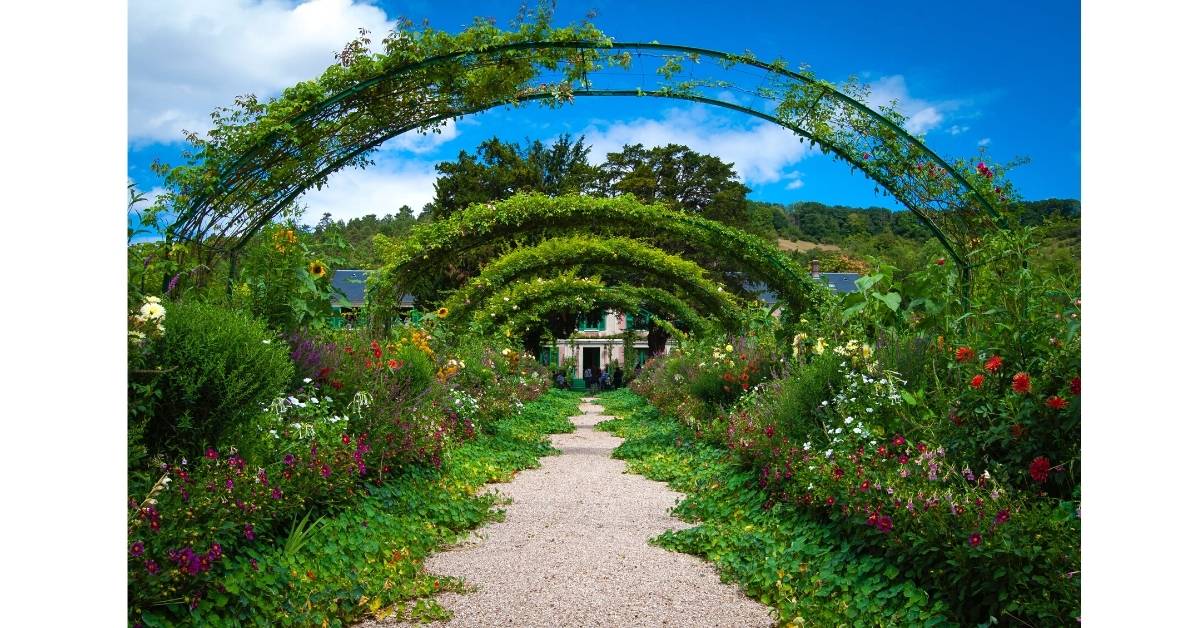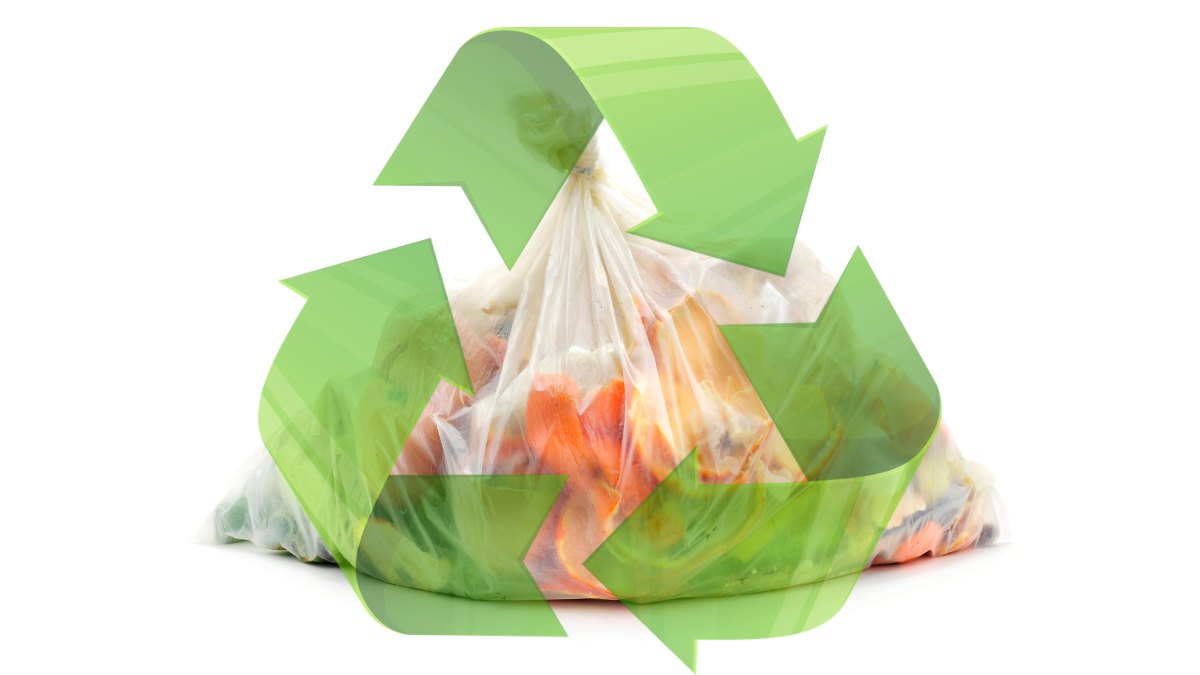You can use many of the plant parts in your garden for making perfumes. Many people tend to forget that these plants can be used for other purposes too. Even though using them in the kitchen has gained popularity, few know that you can even create fragrant mixtures that will help you stay fresh and give fragrance to your clothes.
In addition to this, the garden ingredients can make the best aroma diffusers for your home to make it smell fresh.
In this post you will find how to make perfume from ingredients found in the garden, types of essential oil diffusers, how to use them and more…
Many gardeners often discard the leaves when they collect fruit or vegetables from their gardens, yet they are one of the most fragrant sources because they contain essential oils. These essential oils hold powerful scents, but they release only when kept in an open container all night long or until heated slightly with warm water.
Plant leaves are the true essential oil sources
Leaves like rue, lemongrass, and lemon verbena contain essential oils that make them useful in perfume mixtures. The leaves of flowers like jasmine and tuberose also possess strong scents. Therefore, you can even use them to create your perfumes.
Nasturtiums are beautiful plants that people grow in their gardens for the color they add when in bloom. When dried, the seed pods produce a wonderful spicy scent, especially during winter when there is nothing else in the garden.
Petals from roses, lavender, jasmines, violets, and many other flowers can be used not only to decorate cakes but also will let you take advantage of their rich aroma in perfumes and beauty mixtures.
This list is endless. Many flowers, herbs, and spices can be used in making perfume mixtures to keep you fresh during hot summer days when it’s hard to go around without smelling like sweat or worse. Try these combinations:
- Mix dried orange peels with cloves and cinnamon sticks for a beautiful fragrance that will attract everyone and brighten your home, especially during the winter months when everything seems dull!
- Mint and lavender can be combined to make a combination that relaxes and refreshes at the same time due to the soothing aroma it releases
- Rose petals mixed with jasmine petals gives out a powerful scent, but it’s perfect for a night out when you feel like being noticed, and both flowers are known to be aphrodisiacs.
- Mint leaves mixed with lemon verbena and dried basil leaves can be kept in your wardrobe to keep the clothes smelling fresh more prolonged than usual, especially during summer months when sweat is very evident.
A simple perfume can be easily made from ingredients found in the garden. A few more basic recipes can be followed to give you a head start on making your perfume at home.
How To Make Perfume From Ingredients Found In The Garden?
Ingredients needed:
- Vanilla Extract Essential Oil Perfume Base or Alcohol Sugar Water Glass Bowl Spoon Measuring Cup for Alcohol Gloves Ointment / Vaseline Vial Jar with lid.
- The first thing you need to do is take off all of your jewelry and place it in a safe place because gloves, oils, alcohol, and vanilla may not mix well.
- Now, using the measuring cup and the spoon, add an equal amount of water to an equal amount of vodka (alcohol) in the measuring cup. Put a few drops of essential vanilla oil into the vodka water and stir it until the powder is dissolved.
- Using gloves, take your perfume base and add an equal amount of perfume base to the alcohol mixture in the bowl. You are mixing them thoroughly with your gloved hands. Do not use bare hands because you do not want them on your skin when touching anything else after this point.
- After that, add ten drops of essential oil (vanilla) per ounce of perfume base that you used. Mix thoroughly again with gloved fingers, then put the lid back on top tightly by pressing down around all edges so no smell can escape through any cracks or openings at the sides or top.
Another tip:
After putting the lid back on, place a small strip of tape across the top edge to ensure it remains closed and does not come undone. You can also wipe down all sides and seams with alcohol to ensure no smell leaks out into your work area or home.
Now let the perfume base sit for at least twenty-four hours, but do not worry if it absorbs too much vanilla oil and becomes too strong to wear as a perfume. Add more water and vodka mixture (equal parts) until you like how it smells and can be used as a deodorant or body spray.
Wrapping Up!
You can do many other combinations. Remember that only pure essential oils should be used because they hold strong scents, and perfumes made from them might irritate your skin if not diluted properly. Also, try making perfume sachets that you can place in your drawers or closet for lasting fragrance all year round!
What Are Essential Oils?
Essential oils are the highly concentrated liquid extracted from stems, flowers, leaves, or other parts of various plants. This liquid is usually distilled into pure oil. Essential oils are not actually oils but are called oils because they are usually slippery and are not typically water-soluble. Essential oils are also known as volatile oils because they will evaporate into the air.
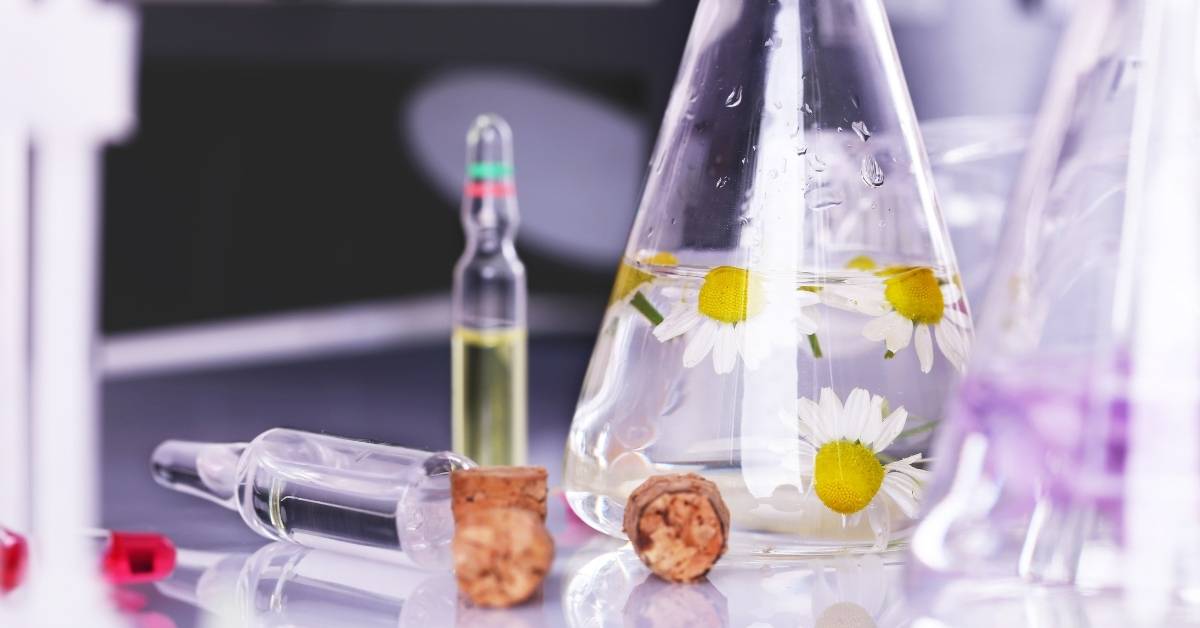
Role of Essential Oils
- Therapeutic – Essential oils can be used in many ways. Three of the most popular ways to use the oil itself are washes, oils, and inhalants. Essential oils such as tea tree, lavender, and citrus are bactericidal. Adding a few drops to purified water creates an effective treatment against infected wounds and acne.
- Cosmetic – Because of the high antioxidant and anti-inflammatory properties of essential oils. Skin conditions such as eczema and acne can be treated or prevented by the use of essential oils. They can help minimize the look of wrinkles, bags, sagging, and dark areas under the eyes, reduce dark spots from aging or sun damage, and speed the healing of sunburn and other such skin injuries, thus reducing the wear.
- Household – Essential oils can replace virtually every household cleaner you have in your cabinets right now. In fact, they’re probably in the cleaners you have right now, but by mixing your own products, they don’t come with the raft of toxic warnings and side effects found with commercial cleaning products.
Essential Oils: Purchasing and Storing
Buying your essential oils from a reputable vendor ensures that you get exactly what you need and is not a cheap, useless alternative. Essential oils are routinely labeled as “pure” by dishonest merchants when they are not.
Choosing a reliable source
The source is the most crucial part of acquiring essential oils until you know how to distinguish high-quality essential oils from synthetics or inexpensive mixes. Some businesses routinely sell high-quality essential oils, while others sell low-quality knock-offs.
Though you may believe that the price of essential oil is a good indicator of its quality, this is not always the case.
How to Find the Best Essential Oil Diffuser
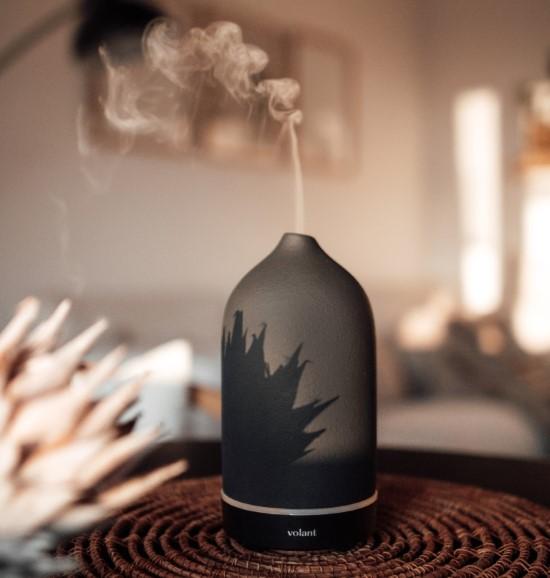
Practical and effective, these versatile tools are used to diffuse the healing properties of aromatic essential oils into the air around us. One of the most excellent methods to get the therapeutic advantages of essential oils is to diffuse them.
There are a number of different essential oil diffuser models available, but most operate on the same basic principle.
The diffuser is filled with water, a few drops of essential oil are added, and the diffuser is activated. As the water is heated, steam carrying tiny droplets of essential oil enters the room, and as you breathe, you slowly take in the essential oil.
Essential oils have been shown to assist in generating more spiritual, bodily, and emotional harmony by reducing the quantity of airborne chemicals and metallics when diffused.
There are several essential oil diffusers: ultrasonic or humidifying, evaporative or pad, nebulizing, and heat. Each of these diffusers works in a different way to release essential oils into the air, and each has its own set of advantages.
Ultrasonic Diffuser – This diffuser uses electric frequencies to create vibrations that are carried to the surface where oils are floating. The vibrations evaporate the oil and disperse it into extremely small micro-particles in the air, spreading the fragrance as mist without the use of heat, which can degrade the essential oil’s health advantages. Negative ions are created when essential oils are used to perfume the air.
Negative ions offer several advantages in both the air and the organism. They assist in stimulating the parasympathetic nerve system, which is in charge of sexual arousal, digestion, salivation, relaxation, and sleep.
If you are living in a stressful environment or one with a lot of electronic equipment (which produces positive ions), diffusing negatively, ionizing oils can help balance the ions in the air and make it less unpleasant.
Evaporative Diffuser – This diffuser has a fundamental operation compared to an ultrasonic diffuser. Air blows through a pad or filter where the oil sits and evaporates the oil on the pad. The biggest problem is that the lighter oils diffuse faster than, the heavier oils.
While this oil fractioning may decrease any health benefits that the whole oil itself had possessed, this type of diffusion is still a reasonable and quiet means of getting the aroma of the essential oil throughout the room.
While ineffective compared to other diffuser styles, they are great for your vehicle or when traveling!
Nebulizing Diffuser – A nebulizer atomizes the essential oil into micro-fine droplets, then sprayed into the atmosphere using a cold air pump or jet-style atomizer. This process atomizes and ionizes all of the essential oil molecules. You get the most therapeutic effects as well as the most scent.
Why?
Because the microscopic droplets produced by the nebulizer staying suspended in the air for longer, this maximizes the fragrance effect of the oils. Second, because these extremely minute droplets enter the circulation through the lungs when breathed, they are regarded as the optimal size for profound therapeutic effect.
A nebulizer can only diffuse pure essential oils, and you should never use oils that have been mixed with vegetable oils or jojoba. Also, the oils should be reasonably thin – more like water than syrup. This pure oil vapor is extremely powerful and therapeutic.
Heat Diffuser – This method uses heat to disperse the essential oil. This is not recommended as it will alter the chemistry of the essential oil. Heat diffusers are economical and a completely silent method of putting an oil’s aroma into the air, so they are really just valuable if you want your room to smell good!
Reed Diffusers – Reed diffusers are increasingly becoming popular. They are aesthetically pleasing and inexpensive. Reed diffusers employ reeds which are actually little sticks to be placed into the essential oil. The essential oil is soaked in the reeds and then gently released into the air.
Reeds have a long-lasting smell that can persist for months. However, their effective area is tiny, and the fragrance is faint. Reed diffusers are particularly more suited for fragrance purposes than therapeutic purposes.
Candle Diffusers – Aromatherapy candle diffusers use a small candle to gently heat the oil, causing it to evaporate and release its aroma. They basically work on the same principle as that of electric diffusers but without the use of electricity.
The essential oil is held in a tray or metal bowl, and the candle is lit underneath it. They can be very stylish and inexpensive. The downside is that they cover a very limited area, and the heat may alter the oil’s properties or burn it altogether. Some essential oils are also flammable and can burn on direct exposure to flame.
Noise Levels
Noise level is verified in a quiet room 18 inches from the diffuser, measured by decibels (dB) level. By comparison, a small room air-conditioner in home operates at about 71 dB.
Air Saturation
A rating for air saturation measures how much oil a diffuser can put into the air for a set amount of time for health purposes. Typically, the higher the rating, the larger the area the diffuser will cover (the actual square footage a diffuser can cover will vary depending on airflow, ceiling height, climate, and the oil being diffused).
Those diffusers with a “Very High” rating will have a high degree of oil output ability.
Air saturation is calibrated using lemon oil diffused in a warm, dry climate with moderate airflow. Actual oil output ability may vary depending on the type of oil being diffused, the climate, airflow, and diffuser variability.
How do I use a Diffuser?
Start small and try diffusing 15-30 minutes per day until you understand the effects and fit the room perfectly. Typically the diffusion of essential oils produces the best results if the diffusion is for a few minutes every few hours.
A timer can help with this. You can try to increase the frequency; by diffusing oils for 15 minutes every hour. This can be very beneficial. But depending on what you are using it for, there are some diffusers that are used 24 hours a day!
But remember that whatever method you choose, do not leave the diffuser unattended.
If using the diffuser for extended periods of time, remember your sense of smell may become accustomed to the scents of the essential oils, and you may not smell anything.
This is called “Olfactory Fatigue” and is characterized by an inability to distinguish odors from one another after prolonged exposure. However, a lack of smell does not stop the benefits of the oils as the molecules are still in the air.
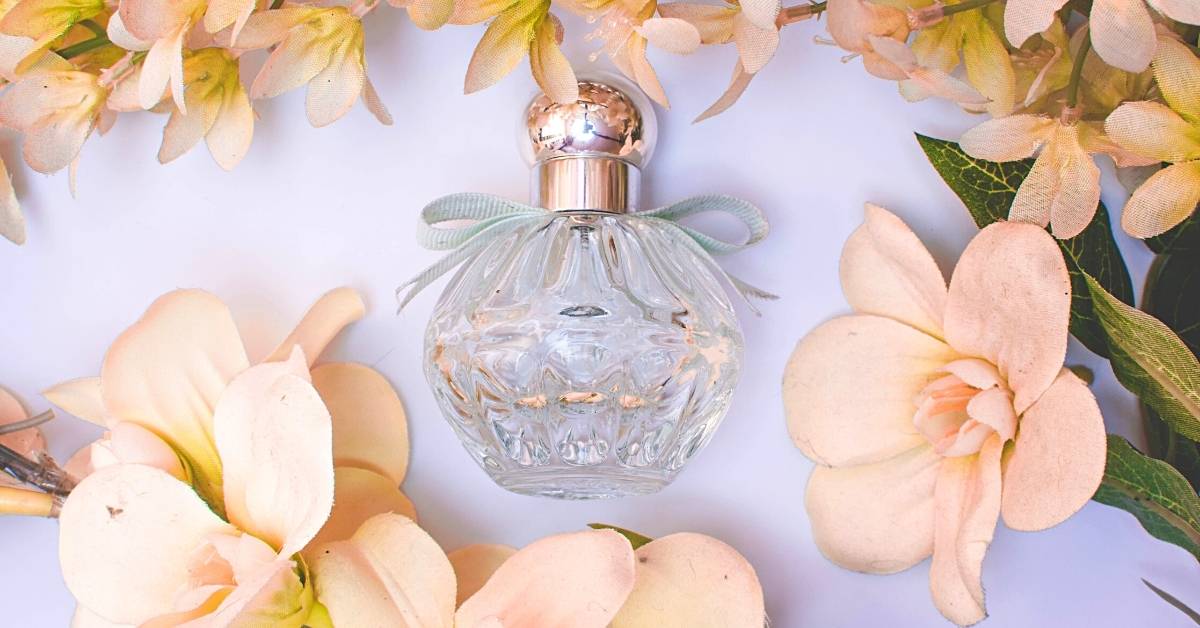
Aromatherapy Blending
Aromatherapy blending (explained below) is a more advanced stage in aromatherapy practice. Once you think that you have gained sufficient experience in aromatherapy and you are well conversant with the properties of different essential oils and ingredients, you can then start experimenting with different mixtures of ingredients.
Blending is simply mixing essential oils, absolutes, hydrosols, and sometimes water or even alcohol to create new and exotic aromas and achieve different therapeutic results. Additional recipes and combinations of essential oils are easily available in the local market and the internet.
Several readymade aromatherapy blends are also available in the market. If you do not want to take the trouble of researching and creating your own blend, then you can always buy a readymade blend off the shelf. In aromatherapy, blending is of two types, namely aromatic blending and therapeutic blending.
The aim in aromatic blending is the resulting fragrance only; however, the therapeutic effects of your blend should also be kept in mind to avoid any unwanted result or sensitization.
Factors and variables to consider when choosing the best essential oil diffuser:
- Room size
- What benefits are you trying to achieve? Therapeutic?
- The noise level
- The amount of airflow
- What is the area or type of room you wish to diffuse the essential oils
- The type of diffuser
- The amount of time you want to diffuse
- Olfactory fatigue
- The air saturation level
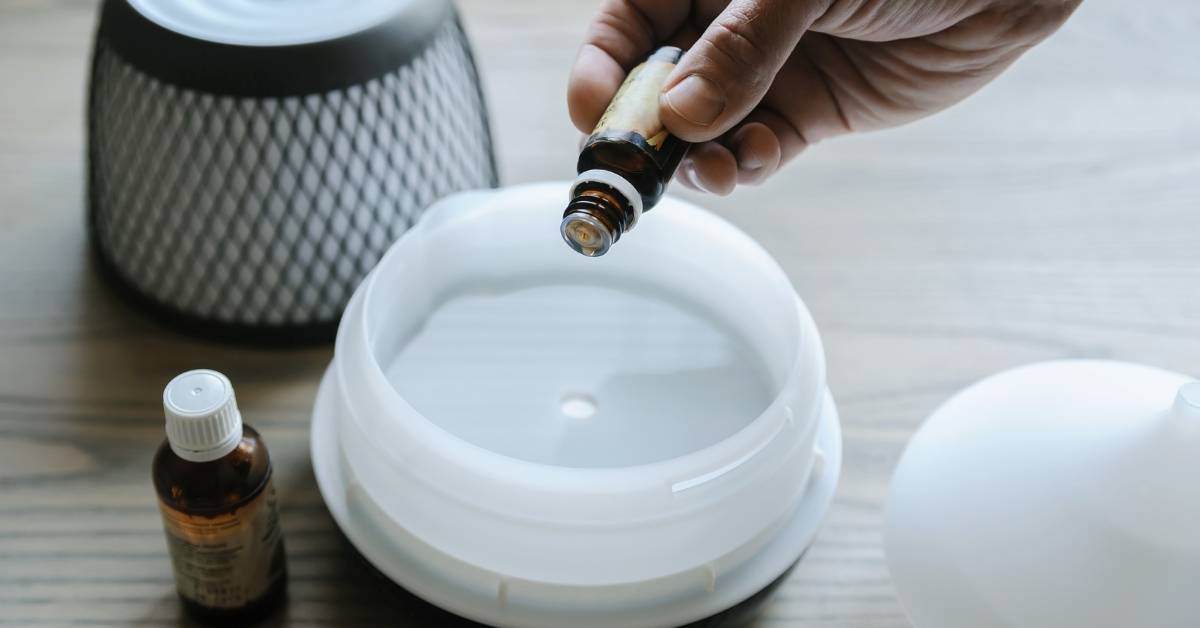
What is Aromatherapy?
Aromatherapy is part of a larger movement of alternative medicine. Aromatherapy is not a luxury. It is an inexpensive way to maintain health and to treat many diseases naturally. It has the view that nature has incredible healing power. With aromatherapy, there’s a significant focus on two specific aspects of the natural world.
Aromatherapy makes intensive use of the topical application of a plant’s essential oils and counts on people’s reactions to the various scents of these oils.
Many people who are into the great benefits of natural health and wellness know or have heard of essential oils. They also know all the great wonders that essential oils can do, but what exactly are these “magical oils,” and what makes them so special?
The Benefits of Aromatherapy
Mind Aromatherapy: The essential oils will be breathed, triggering the brain to relieve stress hormones. Lemon oil, peppermint oil, lavender oil, bergamot oil, and vetiver oil are the most refined oils for stress relief. Aromatherapy is also beneficial for those who are depressed.
For the Body: Aromatherapy may be used to raise energy levels for those who don’t want to rely on caffeine, energy drinks, or any other drug that may have harmful side effects on the body to get through a hectic, fast-paced day.
These essential oils can improve circulation, enhance energy levels, and keep you aware and awake without creating any adverse side effects. Clove, cinnamon, tea tree, sage, and rosemary are the most refined oils for increasing energy. There are a lot of oils in this area, so you’ll almost certainly find a pleasant fragrance to inhale.
For The Body’s Internal System: Aromatherapy can be beneficial to the immune and digestive systems. It’s used to treat future diseases and infections as a preventative measure. Some oils’ characteristics function as barriers between the body and any pathogens that could try to infiltrate and compromise the immune system.
Since the 1880s, essential oils have been studied for their antibacterial activities. Efficacy against a wide range of bacterial infections has been established in several in vitro studies. According to this research, essential oils either suppress bacterial development or kill germs completely.
Each essential oil has its unique chemical characteristics that can help with both physical and mental issues.
The Most FAQs about Essential Oils
Q: Is there a grading system for essential oils?
A: No, there is no official grading system for essential oils.
Q: Is it possible to burn essential oils for aromatherapy?
A: It is best to use a diffuser, which gently warms the essential oils and releases them into the air.
Q: How does the body absorb essential oils that have been applied topically?
A: Skin is porous, so essential oils penetrate with ease. Oils enter the bloodstream and are distributed to the rest of the body.
Q: Should pregnant women avoid essential oils?
A: Always consult a physician and/or certified aromatherapist before using any type of essential oil during pregnancy or when breastfeeding.
Q: What is aromatherapy oil?
A: An aromatherapy oil is one that can be purchased prediluted. These oils typically contain 98 percent carrier oil and 2 percent essential oil.
Q: Do medical doctors ever use essential oils in treating patients?
A: Many health professionals, including MDs, use essential oils as part of holistic health practice.
Q: What is the English method of aromatherapy?
A: Historically, the English recommended that essential oils be applied topically. This is why the topical application is also referred to as the English method.
Q: Are essential oils ever administered intravenously?
A: In some nations, medications containing essential oils are injected and administered intravenously. These methods are not accepted in the United States or Canada.
Q: Why do many essential oils have long, complicated-looking names?
A: Essential oils are labeled with their common names as well as with their Latin names, which are made up of the plant’s genus and species.
Q: How much essential oil does a typical bottle contain?
A: Most essential oils are sold in 10-milliliter bottles. Some of the most popular, including mint, lavender, and orange essential oils, are also available in larger sizes, depending upon the distributor’s standard practices.
Q: What essential oils are safe to diffuse around dogs?
The following essential oils are safe for dogs:
Chamomile
Lavender oil
Ginger
Rosemary
Myrrh
Frankincense
Bergamot
Related:
How To Grow Orange Tiger Lily Bulbs (Lilium lancifolium Orange)
10 Best Plants to Grow Indoors in 2021 And Beyond
3 Types Of Mushrooms To Start Growing At Home For a Decent Profit Or Fun
